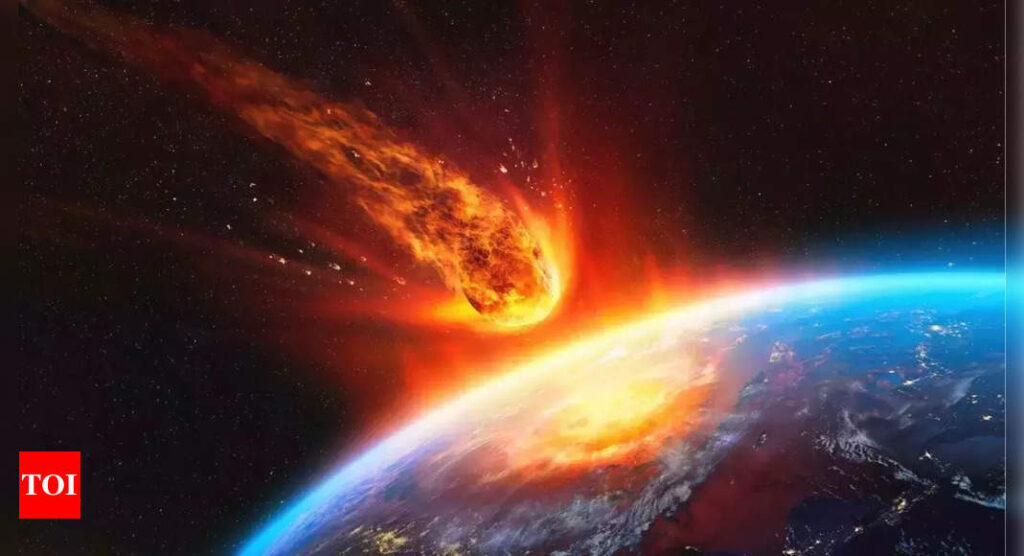
In a shocking discovery, NASA has sounded the alarm on a huge asteroid heading towards Earth at an astonishing 16,490 mph. The 67-foot asteroid, due to make a close fly-by of our planet tomorrow, has scientists in alarm. With its enormous size and scorching speed, this space rock is a major threat, though NASA maintains there’s no imminent risk of a direct hit. But the mere proximity of this huge object has evoked fears and generated a lot of curiosity among space enthusiasts and scientists alike. The asteroid is still being monitored as it approaches, with everyone waiting with bated breath to find out how it will fly by Earth.
NASA to monitor 67-foot asteroid passing Earth on February 18, 2025
NASA’s Jet Propulsion Laboratory is keeping a close eye on asteroid 2025 CA2, which will soon approach Earth on 18 February 2025. This near-Earth object is about 67 feet wide and has an incredible speed of 16,490 miles per hour. Much as its magnitude and speed seem incredible, however, our world is not at risk. The asteroid will fly by Earth at a distance of about 3,170,000 miles—over five times the distance between Earth and the Moon. The close flyby is part of NASA’s continuous efforts to monitor and evaluate near-Earth objects. Scientists have assured that the path of the asteroid guarantees no risk of collision. Although the asteroid’s speed and closeness have drawn attention from most, NASA’s vigilant observation guarantees it will safely make its flyby. The occurrence is a reminder of the continued relevance of space exploration and asteroid monitoring for future planetary security.
How NASA is preparing for asteroid 2025 CA2’s near-Earth flyby
NASA’s active interest in near-Earth objects (NEOs) is critical to deepening our knowledge of the universe and safeguarding Earth against space threats. NEOs, or those celestial bodies within 1.3 astronomical units of Earth, are vital objects of research for scientists. Using sophisticated tracking technologies, such as radar and space missions like OSIRIS-REX, NASA keeps close tabs on these objects. Asteroid 2025 CA2 is a 67-foot asteroid which is one among the numerous NEOs that are under observation. It will approach Earth safely on 18 February 2025 without posing any threat to the planet. Through its observations on NEOs, NASA not only enables space science but also contributes to planetary defense measures. NASA’s vigilant surveillance as the asteroid approaches reminds us that we are ready for other cosmic dangers lurking in the universe. This continued study and surveillance also strengthen NASA’s dedication to planetary protection and space exploration.
Also Read: What’s really inside a black hole? Quantum computing sheds new light




